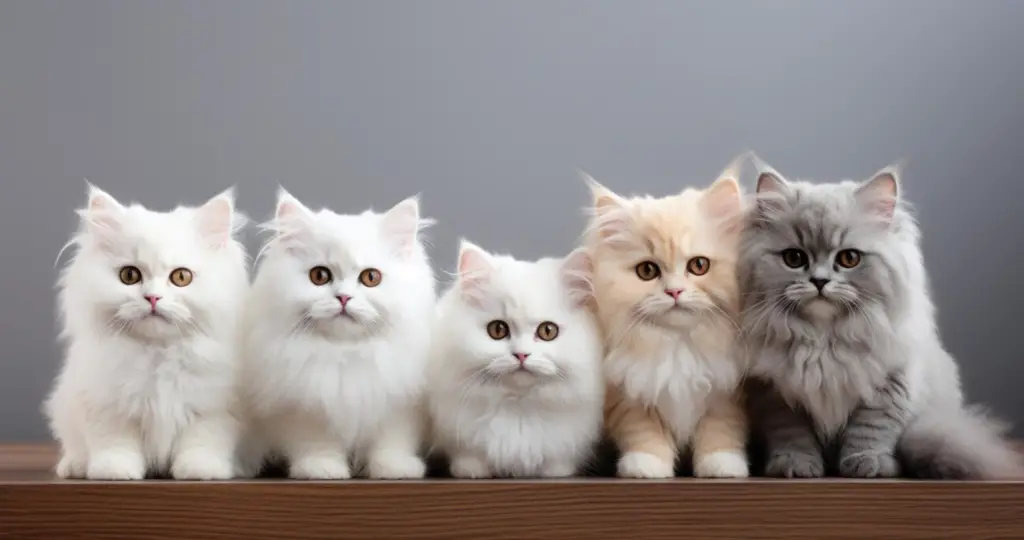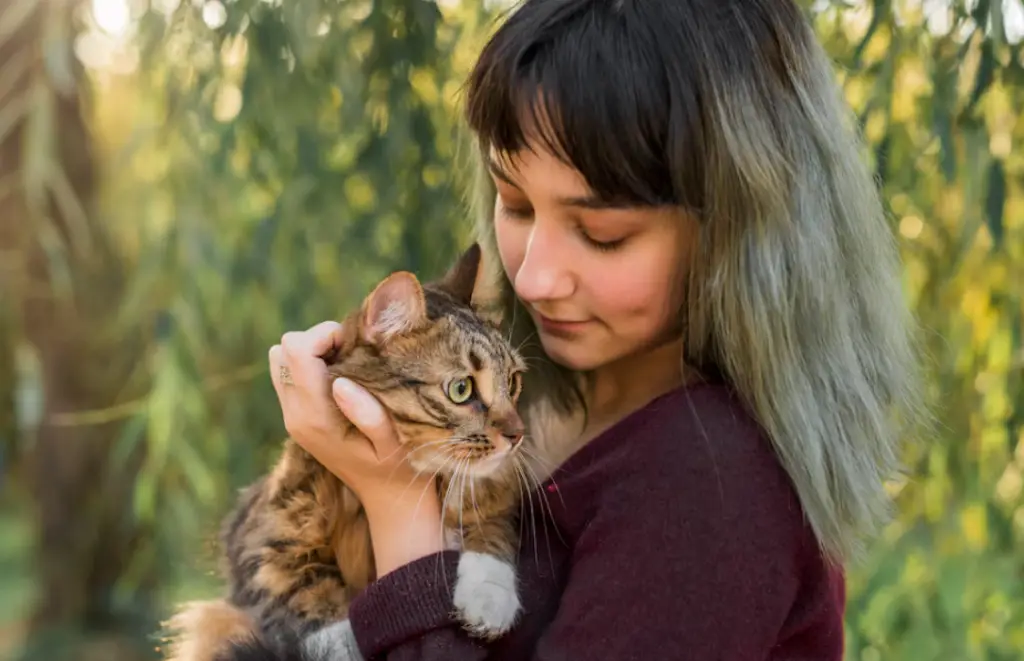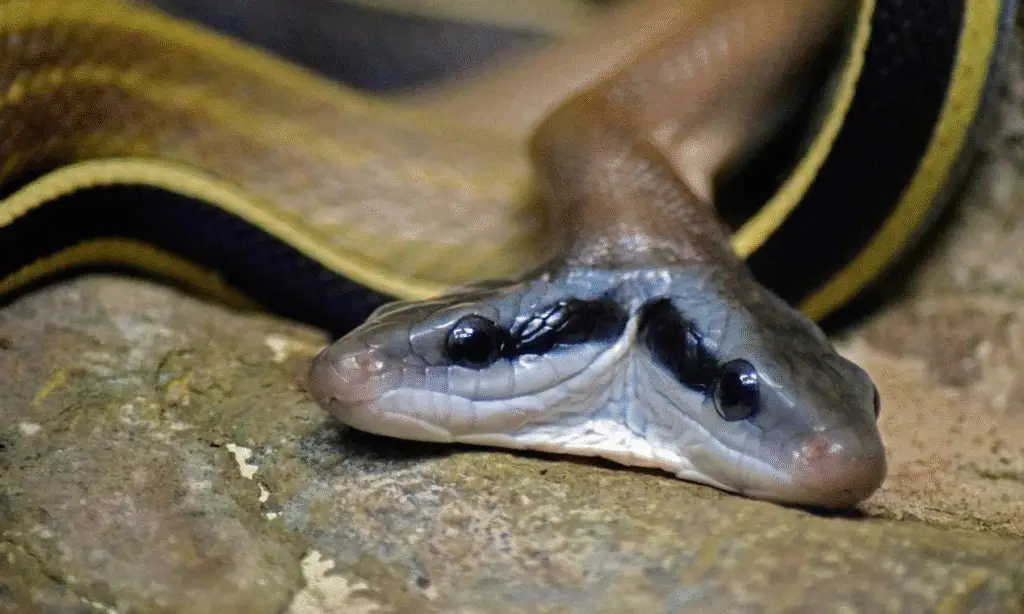Do Cats Make Friends? Experts Reveal the Truth About Feline Relationships

If you’ve ever caught your cat slow-blinking at you from across the room or curling up in your laundry basket for a nap, you’ve probably wondered: Does my cat think we’re friends? The answer, according to science, is a resounding “maybe.”
But what about their relationships with other cats—or even dogs? Are those head-butts and play-fights signs of friendship, or just a clever ploy to score extra treats?
Let’s dig into the fuzzy world of feline social lives.
FROM RODENT HUNTERS TO COUCH POTATOES
Domestic cats have been mooching off humans for roughly 10,000 years.
They started as pest control in ancient farming communities before evolving into the Instagram stars we know today.
In the U.S. and Australia alone, over 30% of households include at least one cat.
And let’s be real—many of us treat them like tiny, moody roommates who never pay rent.
But while we’re busy calling them “fur babies,” scientists are asking a bigger question: Do cats actually form friendships with each other—or are they just tolerating us all?
THE SECRET LANGUAGE OF CAT FRIENDSHIP

So, what does a cat friendship even look like? Hint: It’s not sharing a Netflix account.
According to animal behavior experts, signs of feline camaraderie include social grooming (think: one cat licking another’s ears), head-rubbing, synchronized nap sessions, and play-fighting that doesn’t end in hisses.
“These behaviors signal trust and comfort,” says Dr. Deanna Tepper, an animal behavior researcher at La Trobe University.
“It’s like cats saying, ‘Hey, I vibe with you.’”
But it’s not all purrs and cuddles. Cats have a limited toolkit for resolving conflicts.
Unlike dogs, who might wag their tails to defuse tension, cats tend to nope out of drama entirely.
“If two cats don’t get along, they’ll usually avoid each other or bolt,” explains Jessica Dawson, another La Trobe University researcher.
“That’s why multi-cat households can get spicy—especially if introductions are rushed.”
THE SCIENCE OF CAT SQUADS

Research on free-roaming cat colonies reveals some surprising trends.
Close feline friendships are more likely if the cats are related, grew up together, or are both female.
Indoor cats follow similar rules: Siblings or cats introduced young often become lifelong pals.
But here’s the kicker—male cats who’ve been neutered tend to form tighter bonds with other males than with females.
Female pairs, meanwhile, are the least chummy. “It’s like high school cliques, but with more hairballs,” jokes Tepper.
First impressions matter, too. A rocky introduction—say, a hissy fit during the initial meet-and-greet—can doom a cat relationship forever.
“That first interaction sets the tone,” says Dawson. “It’s why experts recommend slow, supervised introductions with plenty of escape routes.”
OUTDOOR CATS: LONE WOLVES OR SOCIAL BUTTERFLIES?
What about cats who roam outdoors? Studies suggest they’re more like casual acquaintances than BFFs.
While outdoor cats might peacefully coexist in shared territories, things can turn Real Housewives-level messy if food’s involved or a new cat invades their turf.
“Outdoor interactions are usually calm, but fights do happen—especially in areas with unowned cats,” says Tepper.
And let’s not forget the elephant in the room: Outdoor cats are ecological troublemakers.
In Australia, where felines have decimated native wildlife, many regions ban outdoor cats entirely.
There’s also the risk of cars, predators, or that one neighbor who really hates your cat digging up their geraniums.
CAN CATS AND DOGS REALLY BE FRIENDS?

Spoiler: Yes! Despite the old “fighting like cats and dogs” trope, the two species can become thick as thieves—if introduced properly.
“Early exposure is key,” says animal behavior consultant Joanna Shnookal.
“A puppy and kitten raised together often grow up to snuggle or play.” Indoor cats, Shnookal adds, are more likely to bond with dogs than outdoor cats, who might associate pups with territorial threats.
SHOULD YOU GET YOUR CAT A FRIEND?
Here’s where it gets tricky. While some cats thrive with companions, others prefer being the sole ruler of their domain.
“It’s not a one-size-fits-all situation,” warns Dawson. If you’re considering a second cat, experts recommend adopting a kitten of the same sex or a laid-back adult.
And whatever you do, don’t just toss them into the same room and hope for the best.
“Start with separate spaces,” says Shnookal.
“Swap their bedding so they get used to each other’s scent, then gradually introduce them during playtime.”
Stock up on resources, too—extra litter boxes, scratching posts, and food bowls reduce competition.
“Cats hate feeling cornered,” Tepper adds. “Give them vertical spaces like cat trees to retreat to.”
THE HUMAN FACTOR

Here’s the truth bomb: Your cat’s closest friend might be you.
Studies show cats develop unique vocalizations to communicate with their owners—like a special “feed me” meow they don’t use with other cats.
They also seek out human company for comfort, whether it’s curling up on your lap or “helping” you work by sitting on your keyboard.
“Cats are socially flexible,” says Dawson.
“They don’t need feline friends to be happy, but they do form meaningful bonds with humans.”
So, if your cat’s idea of friendship is ignoring you until dinner time, don’t take it personally.
They’re just keeping up their mysterious reputation—after all, someone’s gotta be the aloof one in the relationship.
































